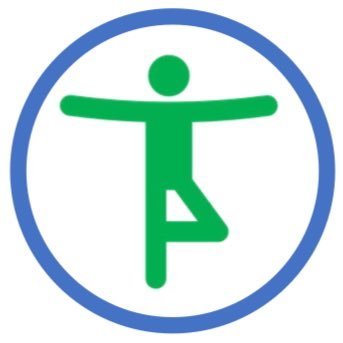
@stable_program
Systematically developing the essential movement skills that older adults need at home, outside, and in the community

@stable_program
Systematically developing the essential movement skills that older adults need at home, outside, and in the community